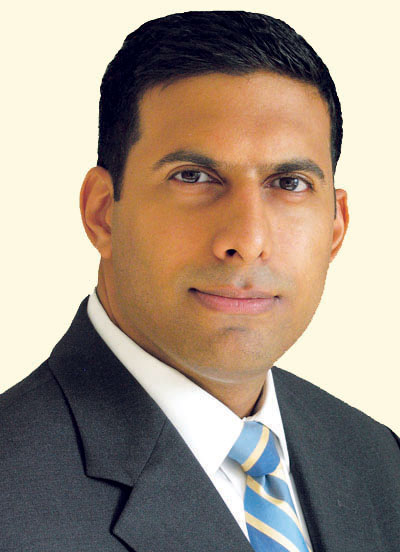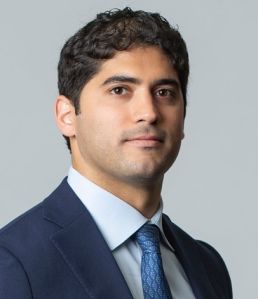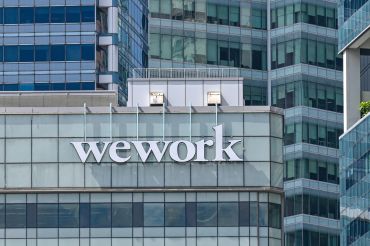Investment In NYC Begets More Investment, Until It Doesn’t.
By Sam Chandan January 16, 2013 7:45 am
reprintsBuy American.
It is generally required if you are the government, and simply an admonition if you are not. The jurisdiction of President Hoover’s 1933 legislation may end at the border, but investors around the world are responding to the call in any case. They are not acting without cause. The global instability exemplified by Europe’s existential crisis has fueled a disconcertingly insatiable appetite for riskless assets that has long outlived the technical recession.
Treasury and agency debt markets are flush with eager buyers, even at negative real returns. But the appeal of buying American extends well beyond our favorite export.
 Measured in terms of capital flows and professed intentions, the United States is unchallenged atop the global hierarchy of commercial property investment. That hierarchy’s most fungible instruments, New York’s core apartment and office buildings, are now a reserve currency of the institutional marketplace.
Measured in terms of capital flows and professed intentions, the United States is unchallenged atop the global hierarchy of commercial property investment. That hierarchy’s most fungible instruments, New York’s core apartment and office buildings, are now a reserve currency of the institutional marketplace.
For want of safer harbors, American cities dominate the highest rungs of international investors’ current acquisition targets. With New York City in the pole position, U.S. markets monopolize four of the five top spots in the newest annual survey from the Association of Foreign Investors in Real Estate. As it turns out, risk aversion is not the only motivation for the flight to quality. A majority of AFIRE’s respondents identify the United States as their favored bet for capital appreciation.
A qualified economic recovery and concentration risks in financial services have not dampened institutional investors’ readiness to expand their New York portfolios. Liquidity commands a premium when liquidity cannot be taken for granted. The resulting herd could use some thinning, but buyers’ assessments of pricing remain fairly uncritical. There is a downside to transparency when data leads and critical assessment is an afterthought. The problem grows when the market allows intuition to supplant analysis. Rather than prompting notes of caution, the observation of falling cap rates and more aggressive bidding feeds an informational cascade that begins with rational expectations but may not end there.
David Easley and Job Kleinberg, both on the faculty at Cornell University, wrote the following in a different context but easily could have been opining on the use and abuse of sales comps: “An information cascade has the potential to occur when people make decisions sequentially, with later people watching the actions of earlier people, and from these actions inferring something about what the earlier people know … individuals in a cascade are imitating the behavior of others, but it is not mindless imitation. Rather, it is the result of drawing rational inferences from limited information”
To its advantage, New York has more than replaced the jobs lost during the recession. They are not the same as the ones lost, but the shift away from financial services (whether cyclical or secular) has prompted more serious thinking about our next growth driver.
In looking to the future, New York has abandoned the notion that private markets should take their own course. The urban research hubs that are taking shape on Roosevelt Island and in Downtown Brooklyn are deliberate attempts to foster an infant industry characterized by high wages and big returns to innovation. We have an idea of how New York can evolve a more diverse set of growth drivers. Our science teachers will be aghast to learn we are unsuspecting advocates of intelligent design.
The case for New York is a strong one, but that does not preclude compounding of informational errors or a decoupling of values from fundamentals. Rather, behavioral finance and our industry’s own genealogy suggest it is a necessary condition for herding, not a limiting one, since the first favorable assessment is invariably a rational one.
dsc@chandan.com
Sam Chandan, Ph.D., is president and chief economist of Chandan Economics and an adjunct professor at the Wharton School.


